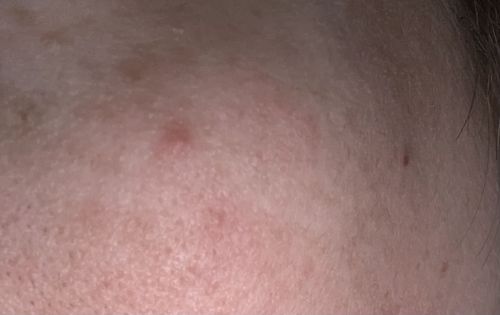Mosquito
Scientific Name: Various genera, e.g., Anopheles, Aedes, Culex
Order & Family: Order: Diptera, Family: Culicidae
Size: 3 mm to 6 mm (0.12 to 0.24 inches)

Natural Habitat
Mosquitoes are found globally, particularly in warm, humid regions. They breed in standing water, including ponds, swamps, containers, and even small puddles.
Diet & Feeding
Female mosquitoes feed on blood to obtain the protein necessary for egg development. Both male and female mosquitoes feed on nectar and other plant juices for sugar.
Behavior Patterns
Mosquitoes are most active during dawn and dusk, but some species can be active throughout the day. They are attracted to carbon dioxide, body heat, and certain chemicals on human skin. Females lay eggs in standing water.
Risks & Benefits
Risks: Mosquitoes are vectors for numerous diseases, including malaria, dengue, Zika virus, West Nile virus, and chikungunya, posing significant public health risks. Their bites can also cause itchy welts. Benefits: In their larval stage, mosquitoes serve as a food source for aquatic animals. Adult mosquitoes can serve as pollinators for certain plants, although this role is minor compared to bees and other insects.
Identified on: 9/4/2025